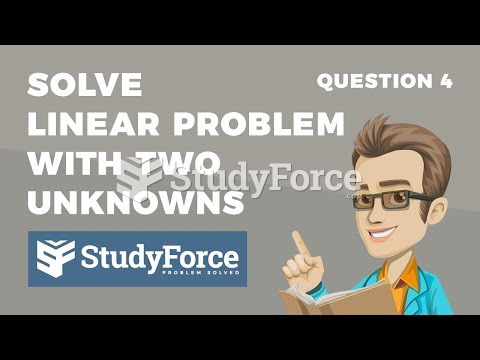Answer to Question 1
A QUESTION OF ETHICS
1. The court determined that Ghaffarian and Mardanlou had formed a partnership. On Ghaffarian's appeal, a state intermediate appellate court affirmed the lower court's judgment.
A partnership is an association of two or more persons to carry on a business for profit. The appellate court identified certain elements that establish the existence of a partnership: The parties must combine their property, money, effects, skill, labor and knowledge. As a general rule, there must be a community of interest in the performance of the common purpose, a joint propriety interest in the subject matter, a mutual right to control, a right to share profits, and unless there is an agreement to the contrary, a duty to share in any losses which may be sustained.
In this case, Mardanlou and Ghaffarian entered into the lease together. Access Auto's insurance policy included both parties' names. Access Auto's business cards contained both names. More than onceparticularly when Mardanlou confronted Ghaffarian about his purchase of the leased propertyGhaffarian acknowledged the two of them as partners. They split the firm's duties. Mardanlou bought the firm's furniture and business cards. The mortgage payments on the purchased property were paid with the firm's proceeds.
Evidence that Access Auto was not a partnership included Ghaffarian's filing of the firm's tax returns only in his name.
The court noted that Mardanlou's lack of knowledge regarding the financial aspects of the business does not defeat his partnership claim given that partners can divide labor and responsibilities in any way they see fit, including giving one partner sole responsibility and control over the financial aspects of the business.
As for the sharing of profits, the court cited Mardanlou's receipt of a check for 10,000. Given the lack of evidence to the contrary, we find that this 10,000 payment supports a finding of profit sharing. The fact that this is the only time Mardanlou received a large lump sum of money does not defeat his claim, as the partnership may have chosen not to distribute any profits for the remaining years and instead to invest any profits back into the business. Additionally, Ghaffarian never submitted any evidence to indicate that there were profits for the other years that were withheld from Mardanlou or that Ghaffarian was withdrawing additional profits himself. Mardanlou received ongoing payments each month for his work in the partnership. Although Ghaffarian labeled these funds as a salary, they may instead have represented Mardanlou's share of the profits. The court added, The mere fact that the amount given to Mardanlou each month may have been fixed does not defeat the possibility that the amounts represented ongoing profits.
2. The court found that Ghaffarian had breached the partnership agreement when he appropriated the partnership's real property by titling it solely in his name. The court awarded Mardanlou a one-half interest in the real property and ordered Ghaffarian to pay Mardanlou one-half of the 83,500 its annual rental value, plus interest. Ghaffarian appealed to a state intermediate appellate court, which affirmed the lower court's judgment.
When Mardanlou learned of the purchase, he approached Ghaffarian who told him, Don't worry, we're partners. The appellate court stated that nder the circumstances, a reasonable person in Mardanlou's position would be justified in concluding that Ghaffarian's statement indicated that they were in a partnership, and that the Access Auto property belonged to the partnership.
The ethics in this case, or their lack, is shown by the advantage that Ghaffarian took of his control of the partnership books to avail himself of a partnership opportunity, secretly, for his self-gain, in breach of his fiduciary duty to Mardanlou. In determining whether it would be fairer to rule in favor of Ghaffarian or Mardanlou in this case, it may be important to consider not only the letter but also the spirit of partnership law, as well as the effect of the court's holding on future cases involving similar circumstances.
3. The court held that Mardanlou was entitled to a share of Access Auto's profits. On the dissolution of a partnership, each partner can obtain a share of the firm's profits, including those attributable to the use of the partner's right in the firm's property. The court awarded Mardanlou a one-half interest in the real property that Ghaffarian had bought with Access Auto's money, plus one-half the annual rental value of the property (from the date of Mardanlou's withdrawal to the date of the judgment, which ended the partnership's winding up process). On Ghaffarian's appeal, a state intermediate appellate affirmed this award, explaining that Mardanlou is entitled to compensation for Ghaffarian's continuing exclusive use of the property, and this award represented that compensation. Both courts agreed that this amount should be subject to adjustments for the contributions that the partners made to improve the property.
The court pointed out, Ghaffarian provided the court with no alternative evidence of profits for those years, no alternative way to compensate Mardanlou for the property use, and no evidence that the actual value of the use in the property was less. While there may be multiple ways to determine the appropriate damages award, the trial court's reliance on the reasonable rental value of the property, the major partnership asset, was appropriate.
Answer to Question 2
FALSE







